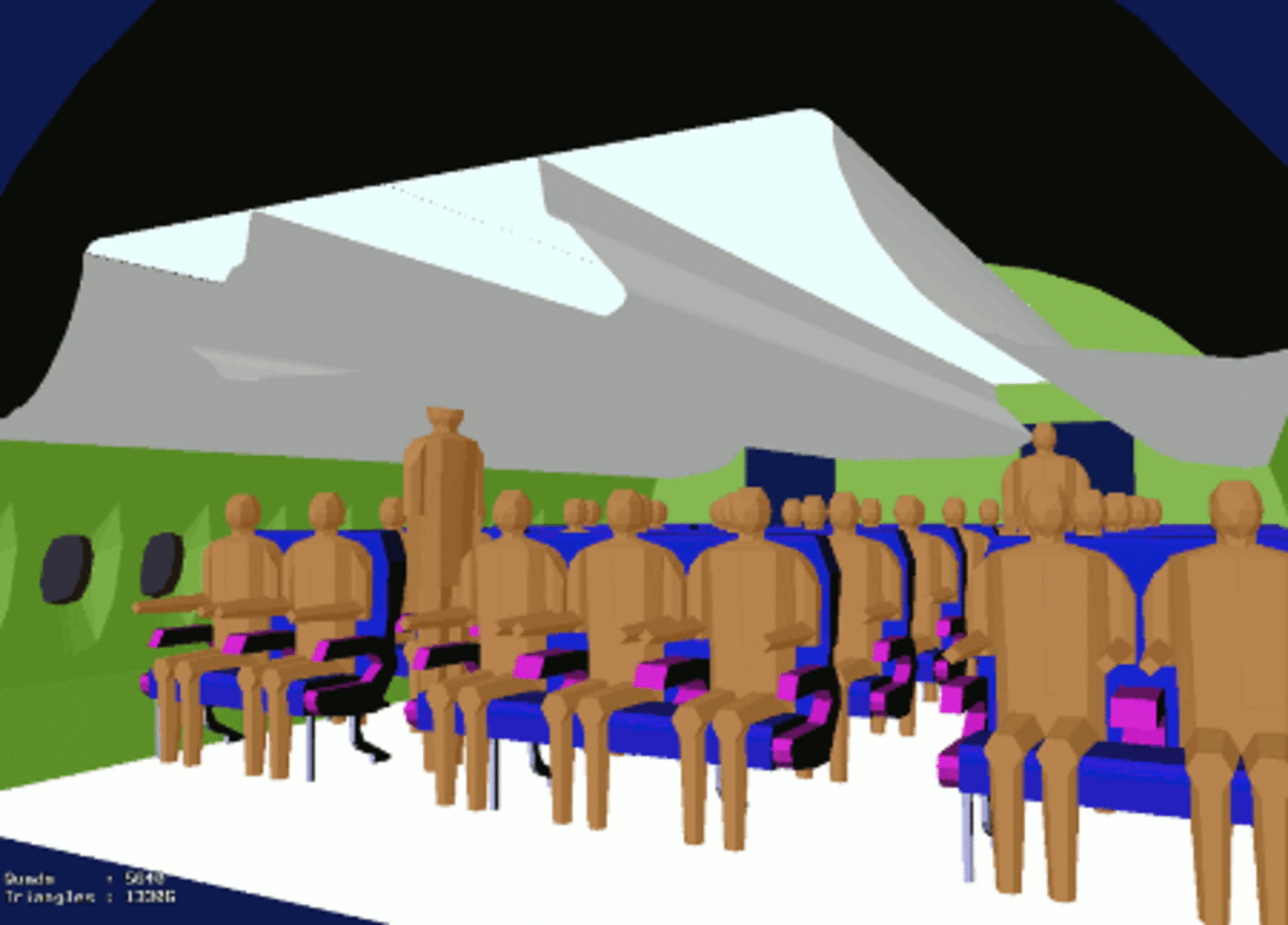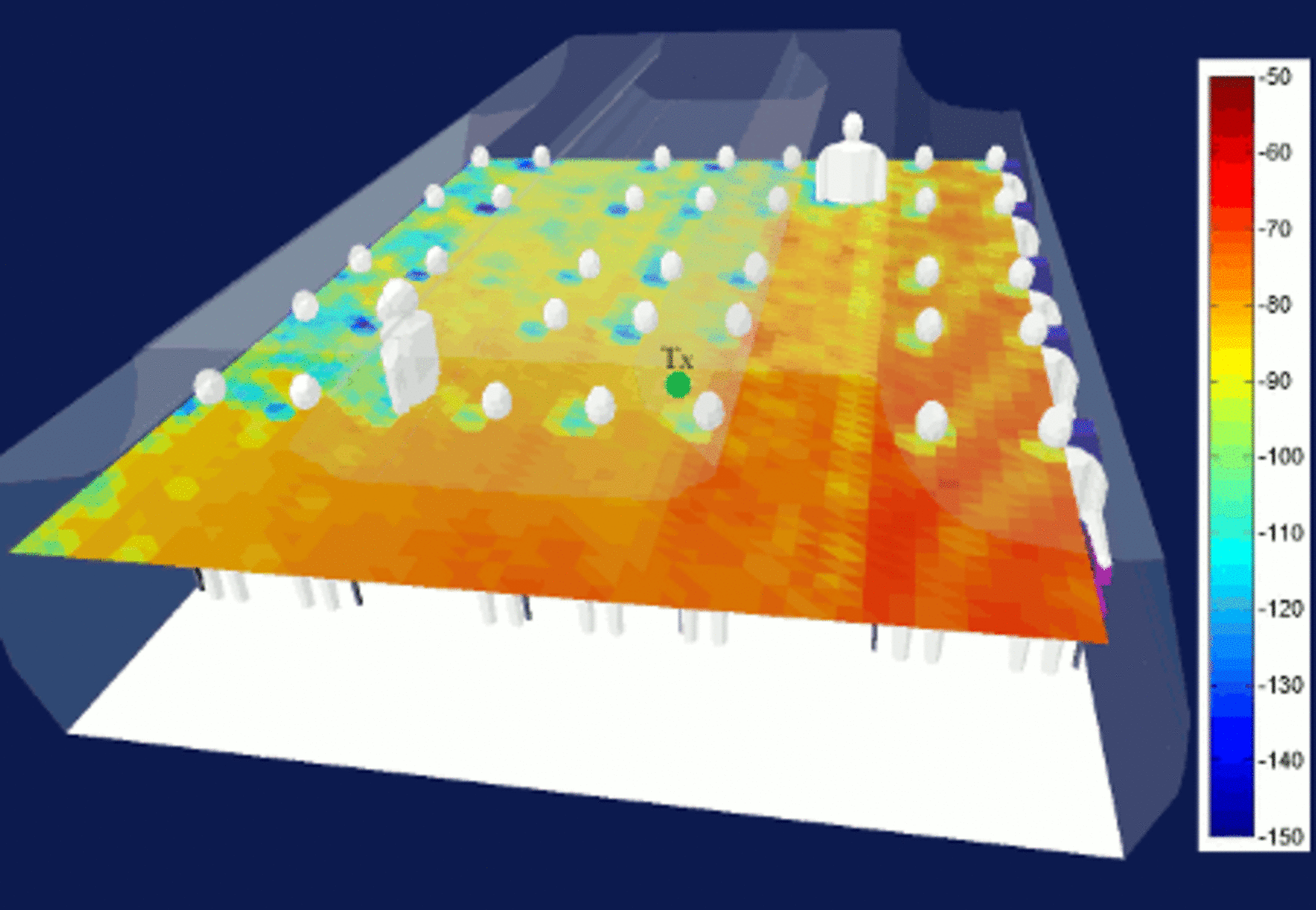
Co-funded by: Federal Ministry for Economic Affairs and Energy (BMWi)
Duration: 01/2008 - 12/2010
Topic: The main outcome of this project is to facilitate the commercial exploitation of new technologies for ultra-high data rate mm-wave communications. Major milestones are the development of a comprehensive demonstrator for high- quality video streaming in an aircraft and a car as well as the design of an easy-to-use wireless data link between consumer devices such as camcorders or mobile phones and laptop PCs.
The growing need for wireless transfer rates of several Gigabit per second creates a big technical challenge. It can only be tackled by increasing the spectral efficiency of the transmission or by using frequency resources in the millimetre wave band, which were not used for mobile communication so far. Currently, there is a lively discussion about using the 60 GHz band for applications that require high data rates. Examples are Gigabit-WLAN and wireless multimedia access. For instance, downloading a DVD on a 5 Gigabyte memory stick at a net data rate of 5 Gigabit per second, will take only 8 seconds. These applications offer a considerable market potential, but they also call for extensive research work.

A number of developments have recently generated significant interest in mm-wave communications. Firstly, the FCC has made available 7 GHz of unlicensed bandwidth in the 60 GHz band. Never before has such a huge amount of bandwidth been allocated for wireless communications. This allows for data rates of several Gigabit/s.
Secondly, a standard for mm-wave communications is being developed within Task Group IEEE 802.15.3c. This standard will be released in 2007/8. It will specify PHY and MAC layers for high data-rate systems operating in the 60 GHz band.
Thirdly, technological developments such as the implementation of 60 GHz transceiver circuits with cost efficient silicon based technologies as well as the progress in memory technology enable the development of ultra-high data rate communication systems.
This technology enables new services and user applications, which cannot be made available with present solutions.
Therefore, this project covers comprehensive methodical investigation concerning the usability of the 60 GHz band as well as the elaboration of efficient system and implementation concepts. The implementation of a 60 GHz WLAN system for video streaming into an aircraft cabin or vehicle as well as the development of a fast wireless data synchronization link for consumer applications will validate our concepts and make bi-directional ultra-high data rate communication links a real-world experience.
